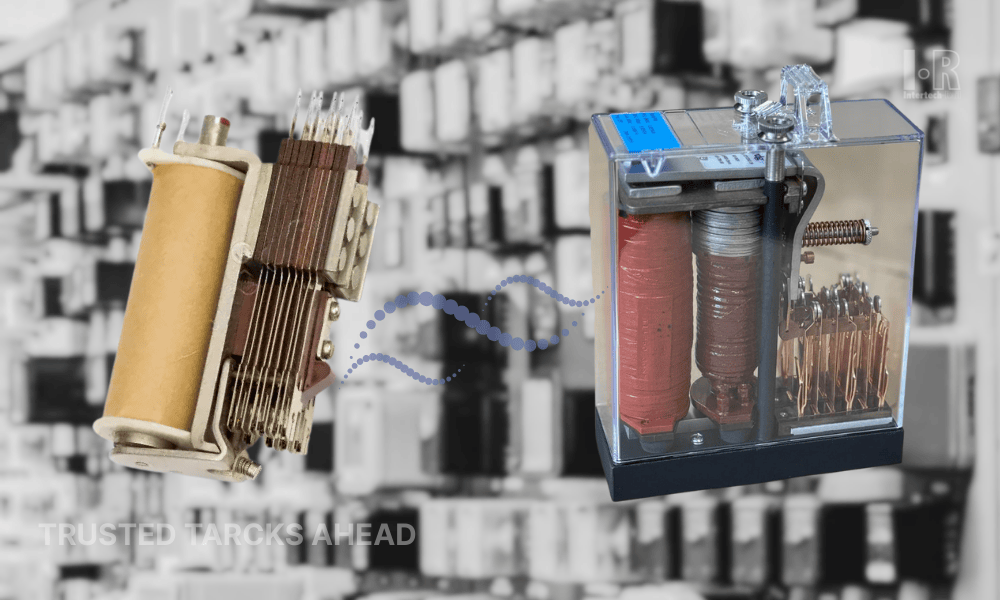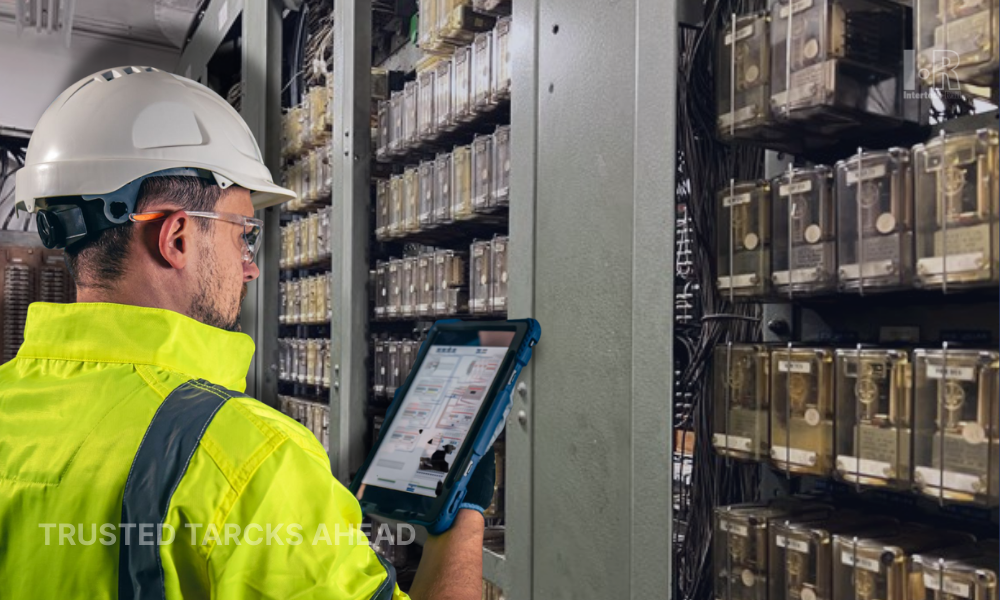Railroad Crossing Safety Systems
Railroad Crossing Safety Systems

Every day, trains cross paths with vehicles and pedestrians at level crossing points where infrastructure, timing, and human behavior all intersect. And while these crossings are designed to keep everyone safe, the risks are far from gone.
Addressing level crossing safety means understanding not just the physical layout, but also the psychology of drivers, the reliability of detection systems, and the regulatory frameworks guiding their deployment. It's a blend of engineering precision and human-centered design.
Understanding Level Crossing Safety Challenges
Rail and road may serve different purposes, but where they meet, timing is everything.
Statistics and Risk Factors at Grade Crossings
Despite decades of improvements, grade crossing systems still see preventable incidents. Many of these are tied to either human misjudgment or insufficient warning systems, especially in rural or unprotected areas.
Global Accident Data and Trends
Data from across North America, Europe, and Asia shows a consistent theme: the vast majority of crossing accidents happen at locations with limited or passive warnings.
Human Factors and Common Causes of Incidents
Complacency plays a major role. Drivers often assume no train is coming. Others are distracted or attempt to beat the signal. And in some cases, visibility or poor signage only increases the odds of a bad decision.
Types of Level Crossings and Their Risks
Design matters. But so does context.
Public vs. Private Crossings
Public crossings tend to have higher safety standards, often equipped with active systems. Private or industrial crossings, on the other hand, can be poorly marked or maintained, especially when not governed by formal regulations.
Urban vs. Rural Crossing Characteristics
Urban crossings are generally better lit and more automated. Rural crossings may rely on static signage and passive warning systems, increasing risk for locals and visitors alike.
Regulatory Framework and Safety Standards
Behind every safe crossing is a foundation of technical and legal standards.
FRA Guidelines and International Standards
In the U.S., FRA guidelines provide strong direction, but implementation varies. Internationally, organizations like AREMA and UIC play key roles in guiding technology choices, particularly for fail-safe systems and train detection methods.
Risk Assessment Methodologies
Many engineers rely on weighted risk models, which take into account traffic density, train speed, previous incidents, and environmental factors to prioritize upgrades.
Active and Passive Safety Systems
Reliable railroad crossing protection depends on the right mix of technology.
Passive Warning Systems
Static warnings rely entirely on driver behavior.
Crossbucks, Stop Signs, and Pavement Markings
Still in use at many low-traffic sites, though limited in effectiveness.
Advance Warning Signs and Distance Markers
Help drivers anticipate the crossing, especially where terrain or curves reduce visibility.
Active Warning Systems
These systems intervene when a train is near.
Flashing Light Signals and Audible Warnings
Trigger automatically, giving road users time to respond.
Automatic Gate Systems and Barrier Technologies
Physically block vehicles from crossing when a train is approaching. More advanced versions detect attempts to cross and log violations.
Advanced Detection Technologies
This is where innovation makes the biggest impact.
Train Approach Detection Systems
Systems like Intertech Rail's Wheel Sensor Solution use axle-based detection to calculate train speed and trigger signal timing accordingly. Built to SIL4 standards and in compliance with AREMA guidelines, these solutions prioritize both accuracy and redundancy.
In the event of any system or power failure, Intertech Rail's design ensures the safest possible outcome: the crossing gates close by default, eliminating reliance on operator input or perfect conditions.
Vehicle Presence Detection at Crossings
Radar and loop systems detect obstructions on the track. Paired with real-time communication systems, this data can prevent accidents even when warning systems are functioning properly.
Engineering Solutions That Make a Difference
Some companies have committed deeply to these challenges, not just with theory, but with hardware in the field.
Intertech Rail, for example, provides a complete suite of crossing warning systems, including:
- IRM23 SWITCH MACHINE - a robust actuator designed for reliable turnout control under extreme conditions.
- WHEEL SENSOR - fail-safe detection technology for train approach calculation.
- EASY CROSSING - high-durability rubber plates that enhance safety and longevity at the track level.
- DC TRACK CIRCUITS - proven solutions for consistent detection in electrified or non-electrified environments
These technologies are designed not just for function, but for resilience. If anything goes wrong, the system assumes failure and triggers protections. That's what fail-safe should mean.
More Than a Warning, It’s a System of Trust
What defines a safe crossing isn't just the signal-it's the entire architecture behind it. When detection, activation, and behavior all align, accidents drop sharply. But that alignment doesn't happen by chance.
It happens through engineering, testing, and a deep respect for the unpredictability of human behavior. Because real safety begins long before the horn sounds.





